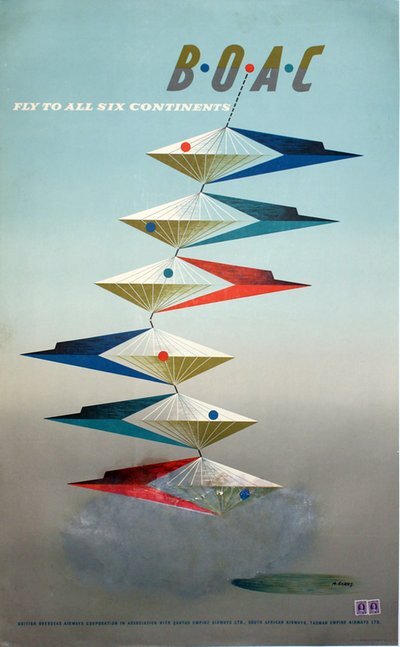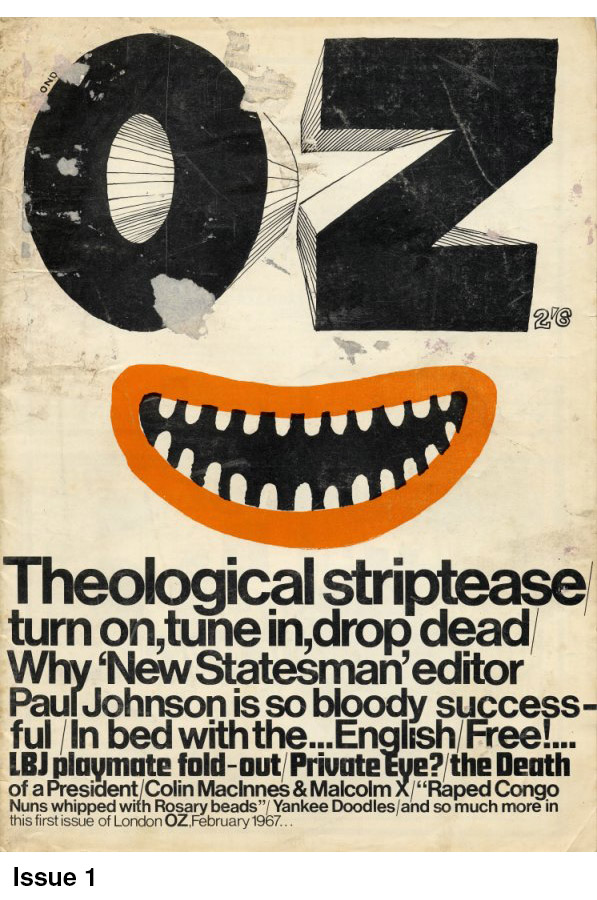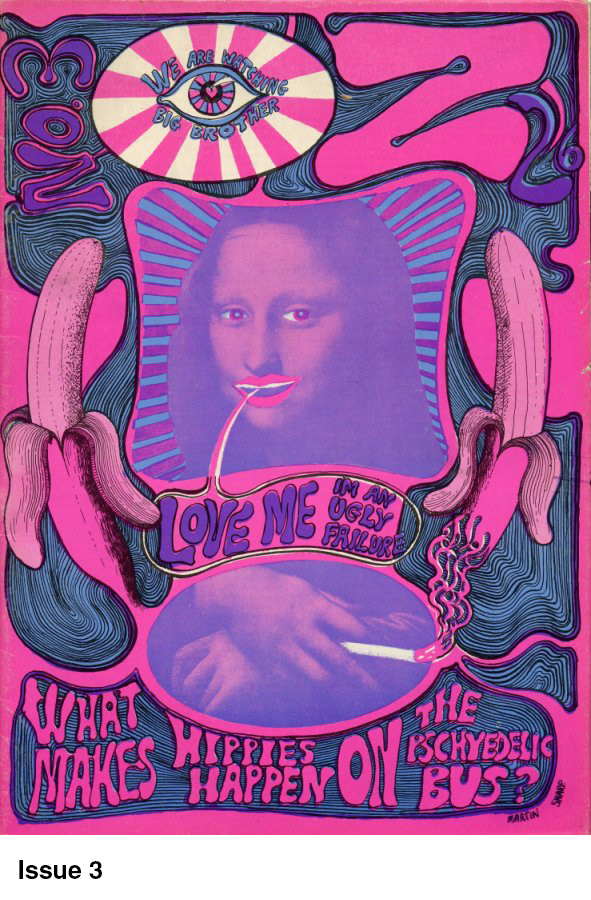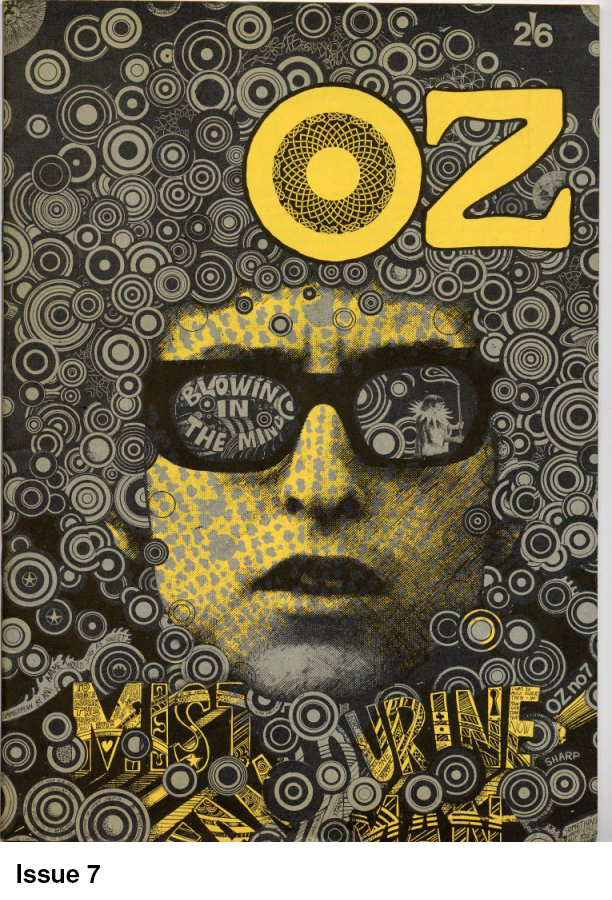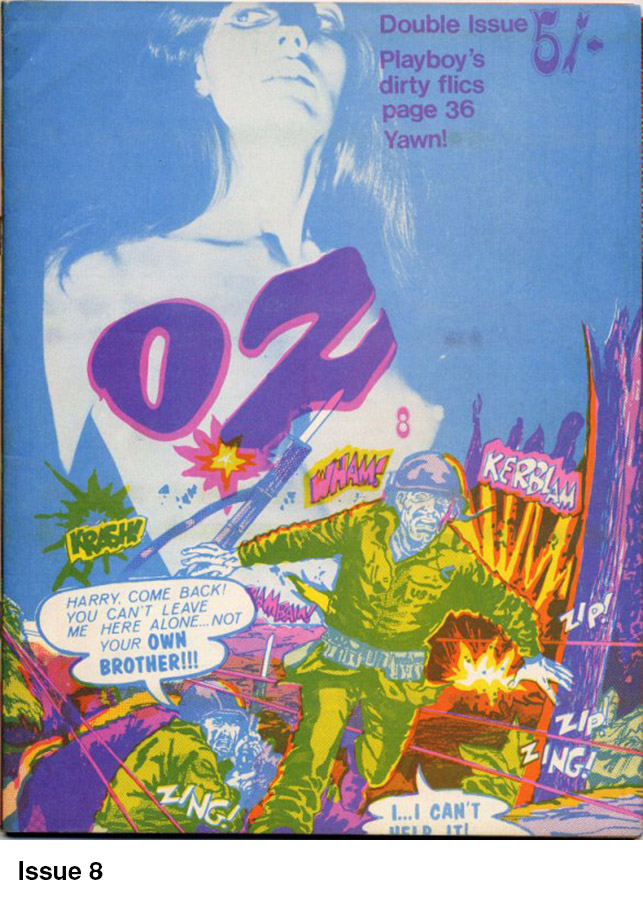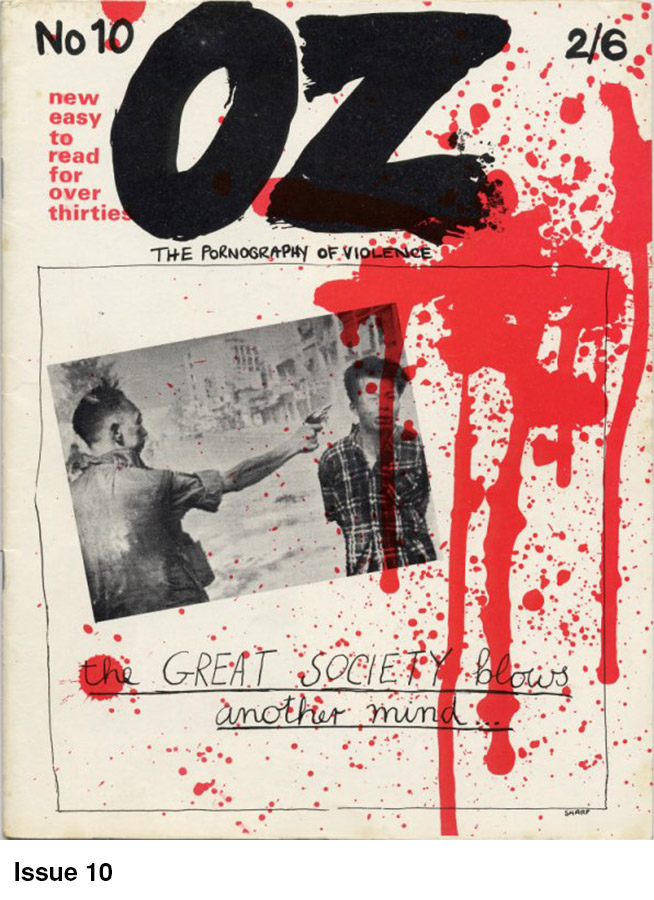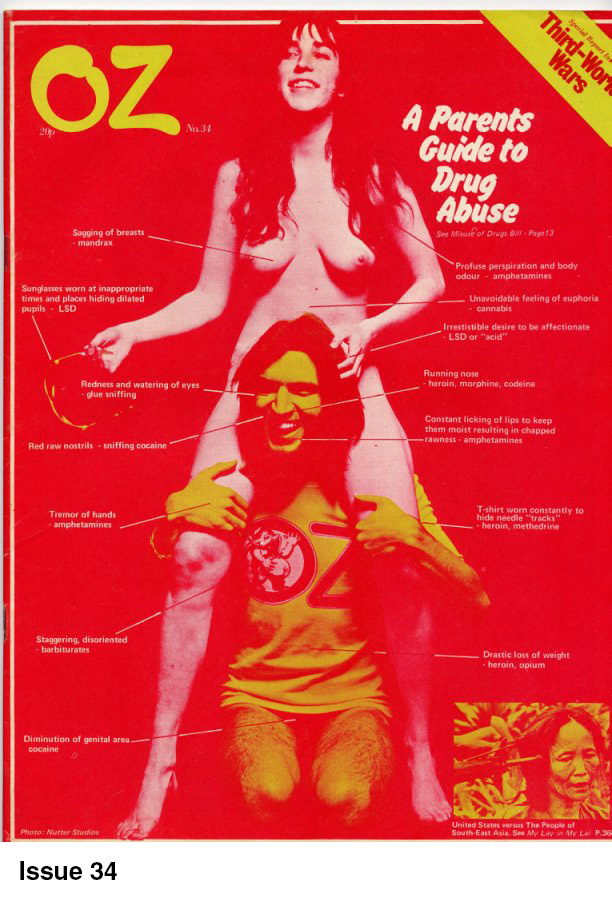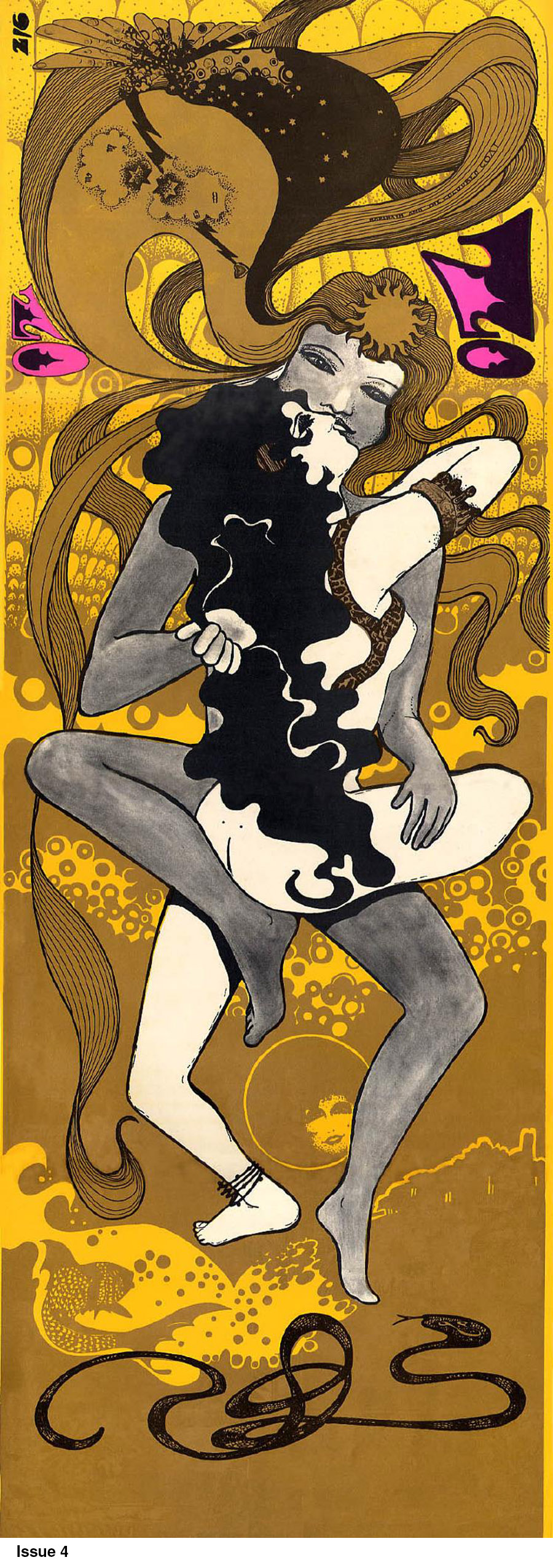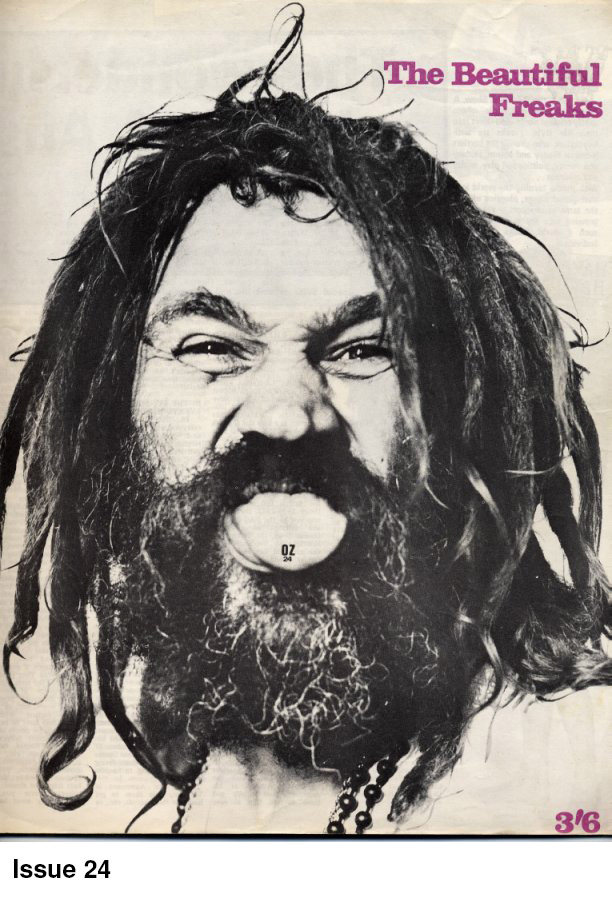Visited this amazing show at the Tampa Museum Art. Pepe Mar’s: Myth and Magic represents the first survey of Pepe Mar’s art and highlights 15-years of the artist’s practice, from 2006 to 2023. Presented as a Gesamtkunstwerk, the exhibition itself has been conceptualized as an immersive artwork with the objects on view complemented by the artist’s vibrant fabric walls, plush poufs for sitting, and lush orange carpet. Each work is uniquely different yet incorporates Mar’s signature materials—such as paper cut-outs from magazines, catalogues, and books, decorative textile motifs, clay vessels and figurines, as well as found objects discovered by the artist in shops and thrift stores throughout the world.
Mar opens the exhibition with a sculpture garden and introduces the figure “Paprika,” the artist’s alter ego. Paprika anchors Mar’s work and represents the personal and the Other, as well as the fusion of medium and object. Loosely chronological, Pepe Mar: Myth and Magic is organized by concepts and processes present in Mar’s oeuvre: Assemblage, Revival and Mythologies, Face-Off, and Fabric Paintings. Assemblage examines personal and social identities as well as Queer aesthetics. Revival and Mythologies explores the artist as collector and ethnographer. In this section, the magnum opus The Cabinet of Dr. Mar highlights visual traditions and personal lore. The grid of collages entitled Face-Off illustrates Mar’s approach to portraiture, masking, and explorations of self. Fabric Paintings serve as an archive of the artist’s past works with sculptures, assemblages, and photographs transformed into colorful textiles.
Pepe Mar: Myth and Magic features 60 works of art from public and private collections across the United States, including Burning Up, a collage sculpture acquired by the Tampa Museum of Art in 2019 that served as the inspiration for this survey exhibition. The title of the exhibition pays homage to the 1979 exhibition of Mexican master painter Rufino Tamayo entitled Rufino Tamayo: Myth and Magic, organized by the Solomon R.Guggenheim Museum in New York City. While the works on view highlight Mar’s influences—art history, Mexican artifacts and architecture, fashion, science fiction, and pop culture—the exhibition also speaks to the artist’s biography. Living between the border of the US and Mexico, and later establishing roots in Miami, Florida, the art on view reveals the connections between self and site, and material as metaphor. As seen in Pepe Mar: Myth and Magic, the works from the past 15 years reflect the evolution of an artist, as well as a transformative return to his creative roots.





















